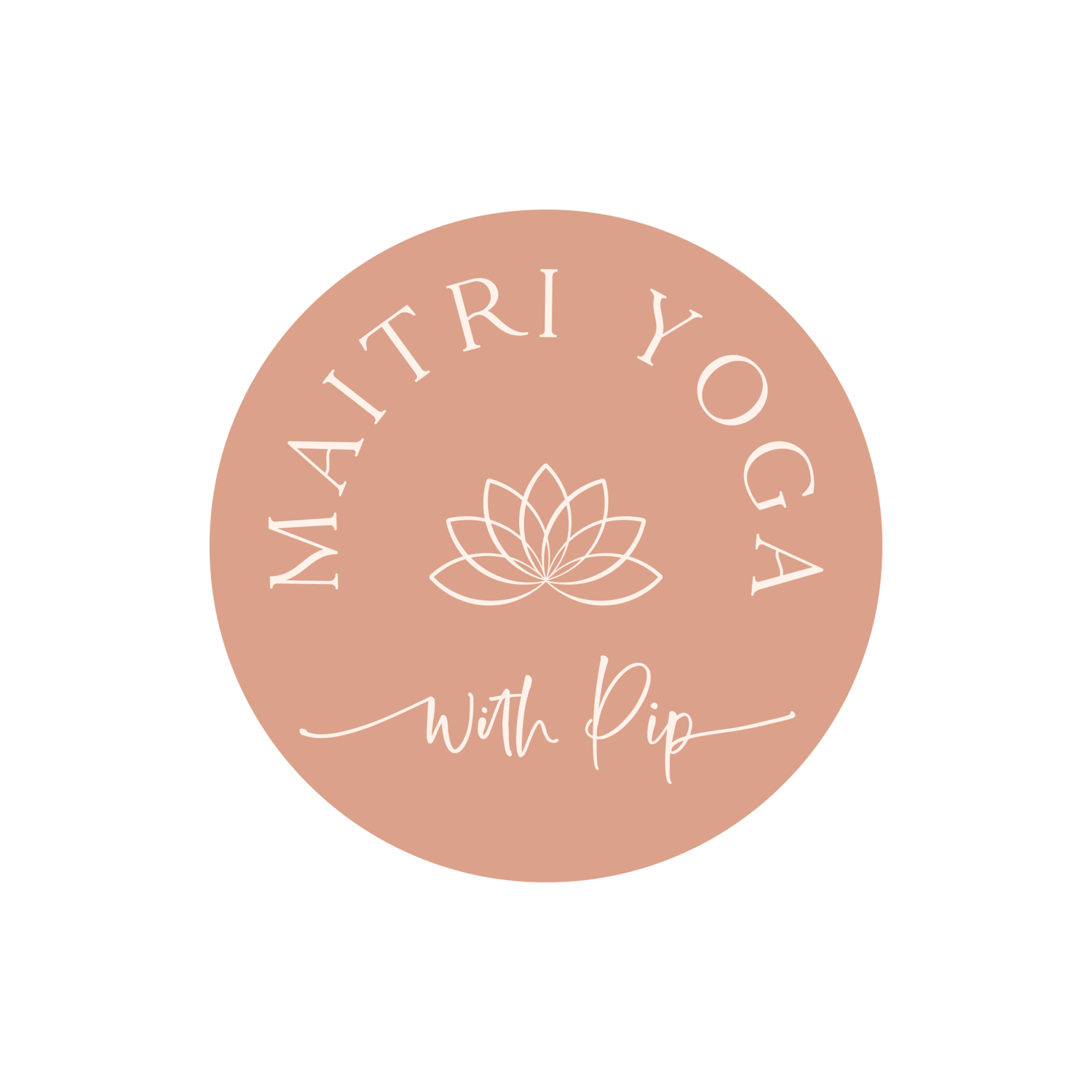My favourite 5 moves for nurturing gut health & wellbeing, as featured in Natural Health magazine (July 2022)
This sequence is designed to both promote gut health and also may aid in relieving discomfort in the abdominal region.
A yoga practice can promote gut health along with many other benefits. The mindful movements linked with breath support circulation, encourage relaxation, help ease tension in the body, and soothe the central nervous system. The poses in this sequence may also help to relieve discomfort and the feeling of tension within the abdominal region.
In terms of mental and emotional qualities, physical postures are a highly tactile and accessible way to focus our attention, when the mind maintains focus this helps to settle our nervous system and focus on the present moment. A yoga practice is also an opportunity to develop the skills to self-regulate under demand and stress. We can use these techniques off the mat to help us navigate challenging moments in life.
Try to focus on your breath and distribute your awareness throughout your whole body in each pose, this will encourage the mind to settle and help to regulate your nervous system.
Take 5-10 breaths in each pose, you can also repeat the sequence if you wish to build a longer practice.
Sequence:
Child's pose (Balasana):
Start on your hands and knees. Bring your feet closer, take your knees wide, and sit your hips back toward your heels. Lower your forehead to the floor or a folded-up blanket. Walk your hands forward to lengthen your spine.
Low lunge twist:
Return to your hands and knees. Step your right foot forward between your hands. Slide your front foot forward until your knee is vertical above your ankle. Tuck your left toes under and straighten your back knee. Come to the fingertips of your left hand, and reach the top of your head away from your hips to lengthen your spine. Engage your abdominal muscles by lightly pulling your navel toward your spine. Lift your right arm out, turn your chest away from the ground towards the right. Press into the floor with your left hand as your right hand reaches toward the sky. Continue to press your back leg straight as you lengthen your spine in this twist. Repeat on the second side.
Forward fold (Uttanasana):
Bring your feet parallel and hip-width apart with your toes pointing forward. Bend at your hips to bring your torso toward your thighs. Keep your knees as bent as necessary so the forward fold originates from the bend in your hips. Place your hands on the floor and allow your neck to relax so the top of your head lengthens toward the floor.
Yogi Squat (Malasana):
From your forward fold, take your feet slightly wider and turn your toes outwards (away from each other). Bend your knees to lower your hips into a low squat position. Lengthen your tailbone toward the ground and the top of your head toward the sky. Bring your hands together in front of your chest like a prayer position and broaden your chest. Engage your abdominal muscles by lightly pulling your navel toward your spine. Relax your face and breathe.
Boat pose (Navasana):
Come to a seat on the floor with your knees bent and your feet out in front of you. Broaden your chest, engage your abdominal muscles, and keep your spine lengthened rather than rounded. Slightly lean back on your hips until your feet can lift from the ground. Bring your shins parallel to the ground with your knees bent or straighten fully. Keep your abdominal muscles engaged and your chest lifted up. Your hands can stay on the ground or also lift. Relax your face and breathe.
To finish:
Rest in savasana: lie on your back, side, or any comfortable position. Observe how your body feels and try to relax any tension found in your muscles. Focus on the natural rhythm of your breath. Stay as long as you like!

